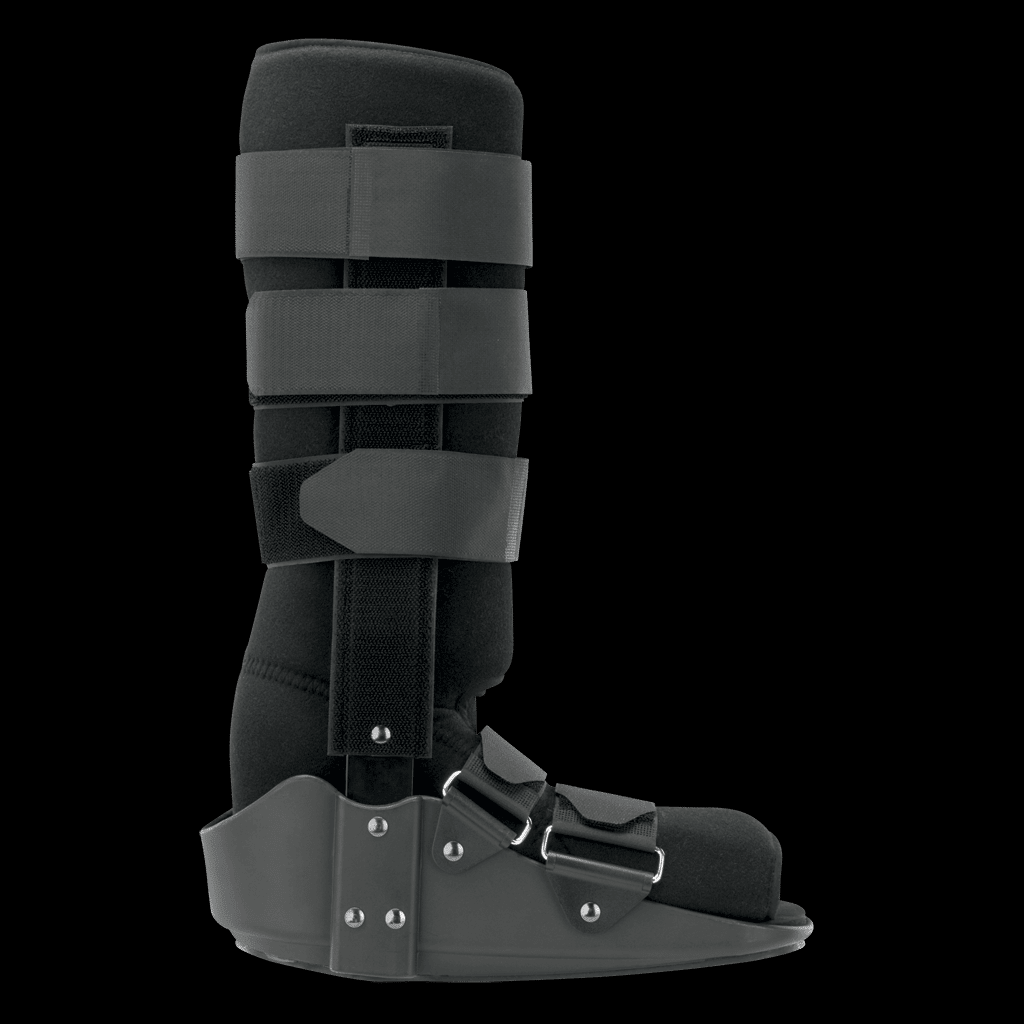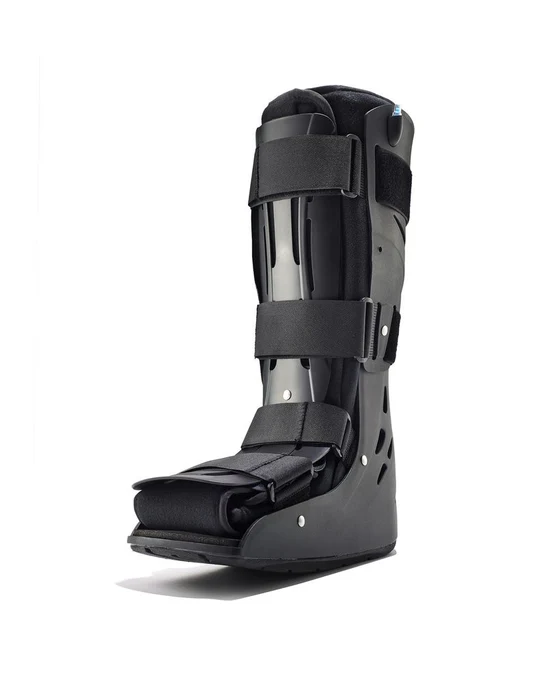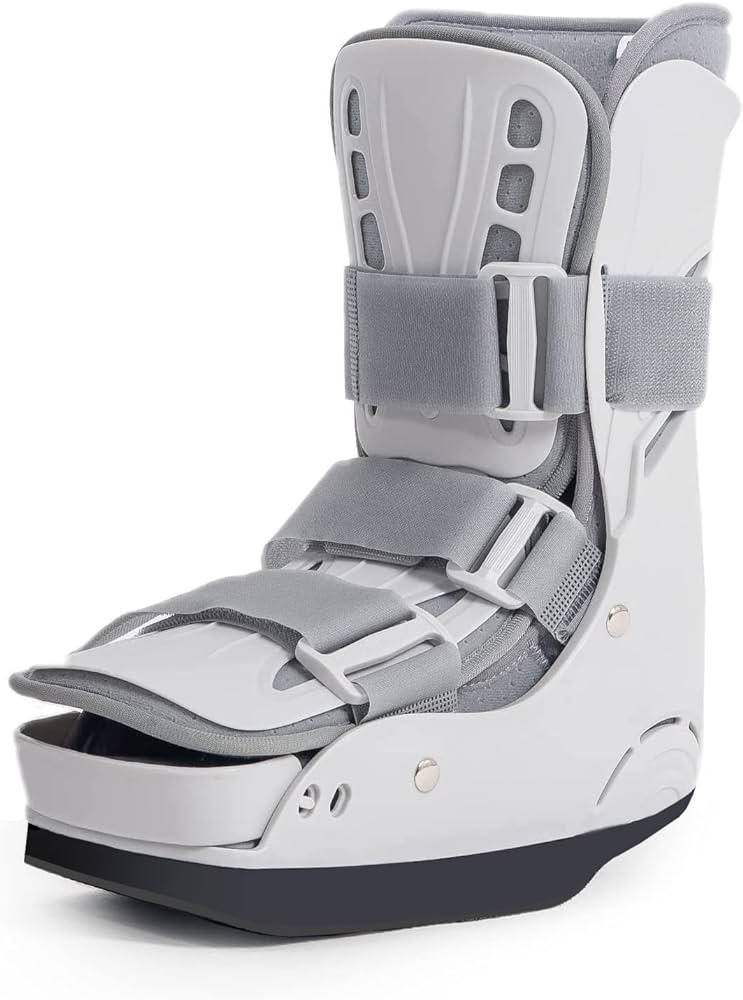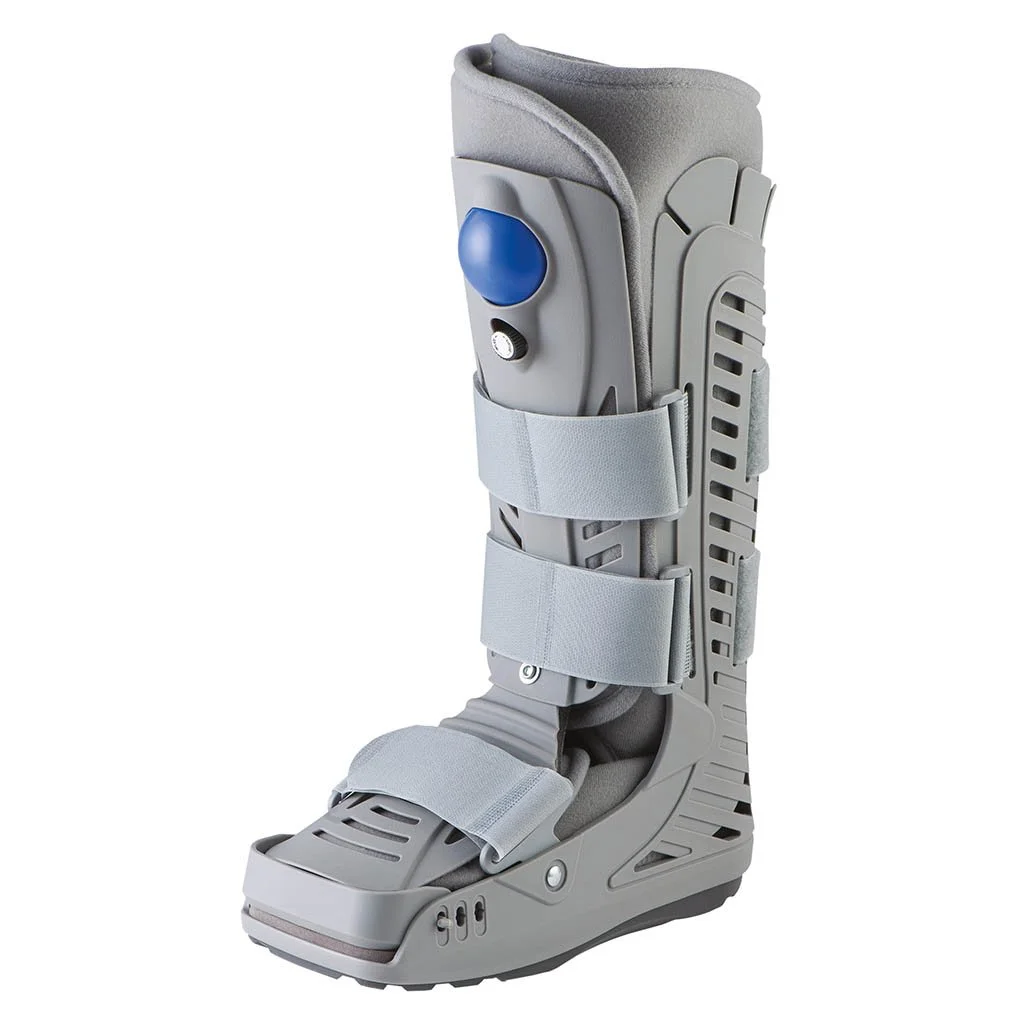
The Essential Guide to Using a Walker Boot for a Broken Foot
Introduction: What is a Walker Boot?
Imagine you’ve taken a bad step during your morning jog and suddenly, your foot twists awkwardly. The pain is sharp and your first thought is, “I hope it’s not broken.” Unfortunately, sometimes accidents happen, and broken bones are a part of life for many.
In such cases, one of the most common and effective solutions prescribed by doctors is a Walker Boot. Known also as a walking cast or orthopedic boot, the Walker Boot is an essential tool for anyone recovering from a broken foot. It’s designed to protect the injury while allowing you to move around more easily than with traditional casts.
Understanding a Broken Foot
A broken foot can result from various incidents—sports injuries, falls, or even daily activities gone wrong.
The foot is a complex structure of bones, ligaments, and muscles. It can suffer from different types of fractures, like stress, closed, or compound fractures.
Understanding the specific type of break is crucial. It determines the treatment plan, including the need for a Walker Boot and its type.
Design and Functionality of Walker Boots
The Walker Boot is engineered for both protection and mobility. It usually features a rigid frame made from plastic and metal, providing sturdy support to the broken bone. The boot has a soft, cushioned inside for comfort.
Adjustable straps help fit it snugly to your leg and foot. They stabilize the injured area and reduce movement. Most boots have a rocker bottom. It promotes a natural gait, helping wearers keep balance. It lets them walk without stressing the injury.
Indications and Benefits of Using a Walker Boot
Doctors typically prescribe Walker Boots for fractures. These fractures allow less mobility, so healing can happen faster.
They are very helpful. They can offload weight from the injured area. This eases pain and speeds recovery.
They also prevent further injury and complications. They stabilize the foot and ankle. This allows for controlled mobility, which is essential for rehabilitation.
Proper Usage of Walker Boots
Correct usage of a Walker Boot is paramount. It begins with ensuring a proper fit—too tight, and you risk cutting off circulation; too loose, and you may not support the injury adequately.
Doctors and physical therapists often provide detailed instructions on how to wear and adjust your boot. It’s also crucial to maintain the Walker Boot by keeping it clean and dry, which helps prevent skin irritations or infections.
Potential Side Effects and Precautions
While Walker Boots are beneficial, they are not without their downsides. Users may experience skin irritation, discomfort, or sweating. In some cases, improper use can cause extra problems. For example, it can lead to changes in posture or uneven wear on the boot’s sole.
This wear might affect how you walk. Knowing of these issues and proactive management can prevent them. For example, using moisture-wicking socks or checking the skin for pressure signs can help.
Complementary Treatments During Recovery
Recovery from a broken foot often involves more than just wearing a Walker Boot. Physical therapy, for instance, plays a vital role in strengthening the muscles and restoring range of motion.
Additionally, medications may be prescribed to manage pain and reduce inflammation. The boot provides stability. This, combined with therapy and medication, gives the best outcome for recovery.
Conclusion: The Significance of Walker Boots in Healing a Broken Foot
Walker Boots are indispensable in the journey to recovery from a broken foot. They offer the necessary support and flexibility to heal while allowing day-to-day activities.
But, effective healing requires more than just wearing a boot. It needs following your provider’s advice, caring for the boot, and staying consistent with other treatments.
Appendix or Case Studies
To provide real-life perspectives, consider the story of Emma. She is a high school soccer player who returned to the field after a stress fracture. She did so thanks to her diligent use of a Walker Boot and targeted physical therapy.
Her story is a testament to the effectiveness of Walker Boots when used correctly and as part of a comprehensive treatment plan.



